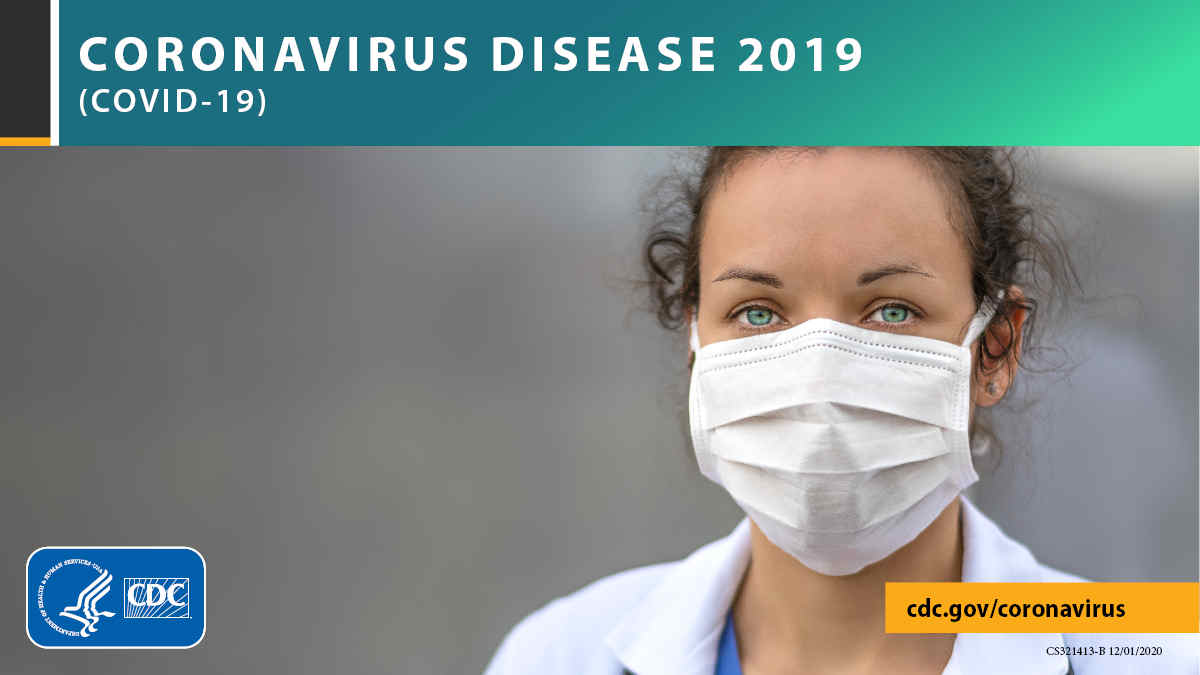
@ShahidNShah


Conventional strategies were updated to advise that, in most circumstances, asymptomatic healthcare personnel (HCP) with higher-risk exposures do not require work restriction, regardless of their vaccination status; therefore, the contingency and crisis strategies about earlier return to work for these HCP was removed. Maintaining appropriate staffing in healthcare facilities is essential to providing a safe work environment for HCP and for safe patient care. Maximizing interventions to protect HCP, patients, and visitors is critical at all times, including when considering strategies to address staffing shortages. Conventional strategies for return to the workplace for HCP with SARS-CoV-2 infection or higher-risk exposures are described in the Interim Guidance for Managing Healthcare Personnel with SARS-CoV-2 Infection or Exposure to SARS-CoV-2 | CDC. Maintaining appropriate staffing in healthcare facilities is essential to providing a safe work environment for HCP and safe patient care.
For example, if, despite efforts to mitigate, HCP staffing shortages occur, healthcare systems, facilities, and the appropriate state, local, territorial, and/or tribal health authorities might determine that, in order to ensure the availability of healthcare, certain HCP with suspected or confirmed SARS-CoV-2 infection should return to work before the full conventional Return to Work Criteria have been met under the criteria set forth below. Allowing HCP with SARS-CoV-2 infection to return to work before meeting the conventional criteria could result in healthcare-associated SARS-CoV-2 transmission. Healthcare facilities (in collaboration with risk management) should inform patients and HCP when the facility is utilizing these strategies, specify the changes in practice that should be expected, and describe the actions that will be taken to protect patients and HCP from exposure to SARS-CoV-2 if HCP with suspected or confirmed SARS-CoV-2 infection are requested to work to fulfill staffing needs.
Shift HCP who work in these areas to support other patient care activities in the facility. Developing regional plans to identify designated healthcare facilities or alternate care sites with adequate staffing to care for patients with SARS-CoV-2 infection. When staffing shortages occur, healthcare facilities and employers (in collaboration with human resources and occupational health services) may need to implement crisis capacity strategies to continue to provide patient care. If shortages continue despite other mitigation strategies, as a last resort consider allowing HCP to work even if they have suspected or confirmed SARS-CoV-2 infection, if they are well enough and willing to work, even if they have not met all the contingency return to work criteria described above.
If HCP are requested to work before meeting all criteria, they should be restricted from contact with patients who are moderately to severely immunocompromised (e.g., transplant, hematology-oncology) and facilities should consider prioritizing their duties in the following order: If not already done, allow HCP with suspected or confirmed SARS-CoV-2 infection to perform job duties where they do not interact with others (e.g., patients or other HCP), such as in telemedicine services. Allow HCP with confirmed SARS-CoV-2 infection to provide direct care only for patients with confirmed SARS-CoV-2 infection, preferably in a cohort setting. Allow HCP with confirmed SARS-CoV-2 infection to provide direct care only for patients with suspected SARS-CoV-2 infection. As a last resort, allow HCP with confirmed SARS-CoV-2 infection to provide direct care for patients without suspected or confirmed SARS-CoV-2 infection.
Continue reading at cdc.gov
While advanced, computer-assisted dental implant surgery tools have evolved considerably, a 2020 report noted that the adoption of these solutions is not as widespread as the adoption of similarly …
Posted Sep 26, 2022 Technology Dentistry
Connecting innovation decision makers to authoritative information, institutions, people and insights.
Medigy accurately delivers healthcare and technology information, news and insight from around the world.
Medigy surfaces the world's best crowdsourced health tech offerings with social interactions and peer reviews.
© 2025 Netspective Foundation, Inc. All Rights Reserved.
Built on Apr 16, 2025 at 5:55am